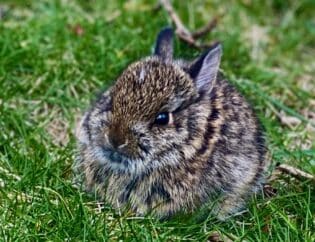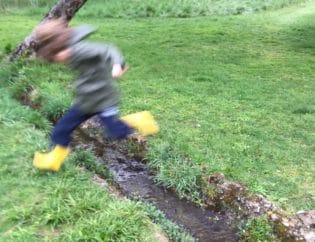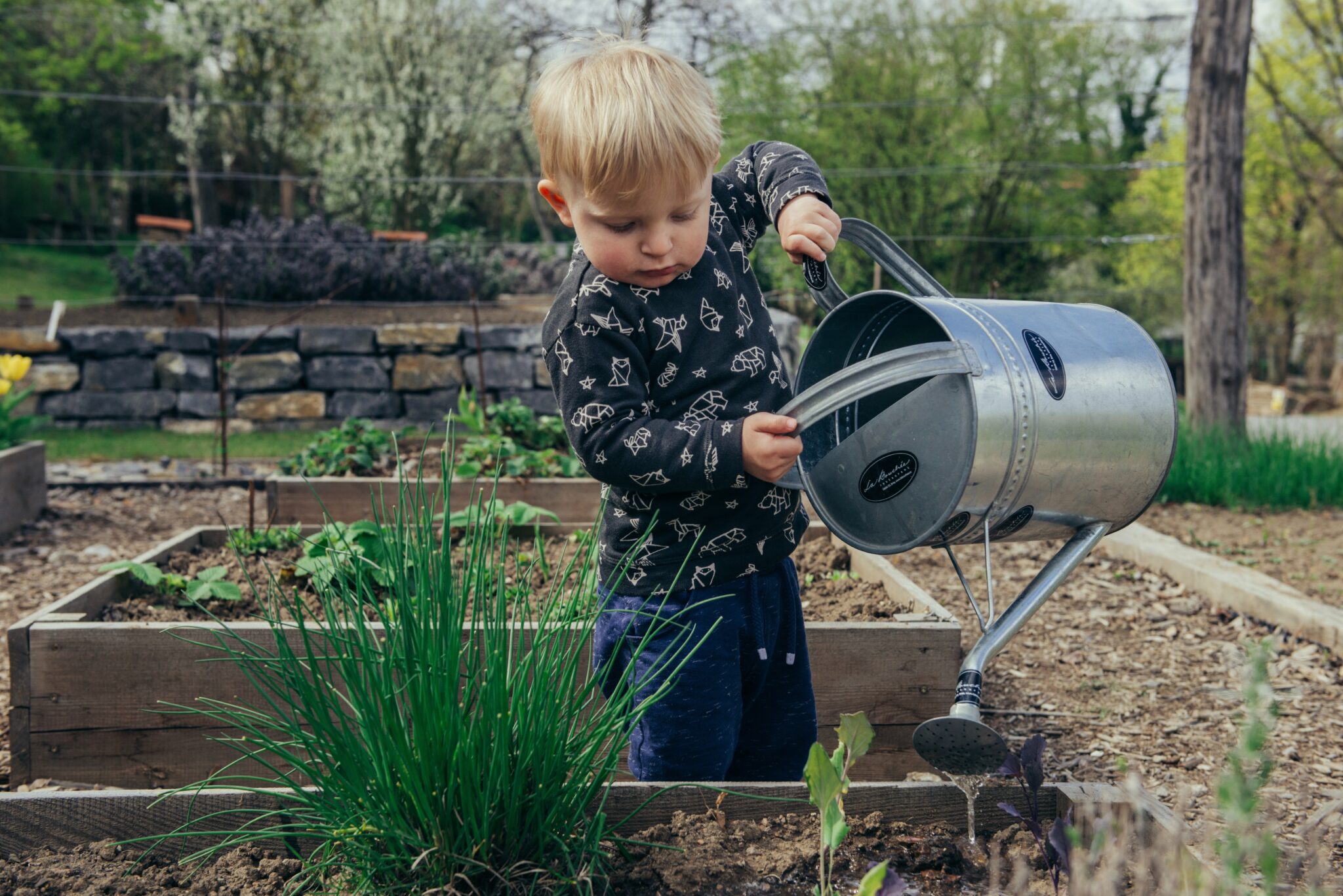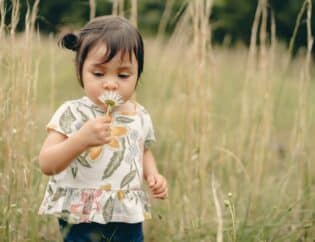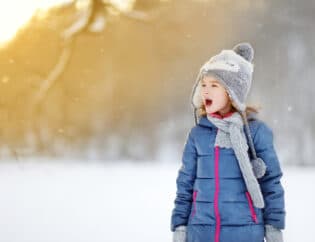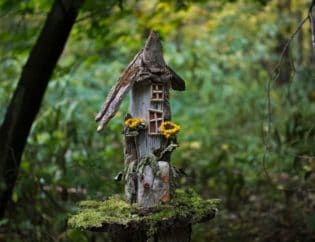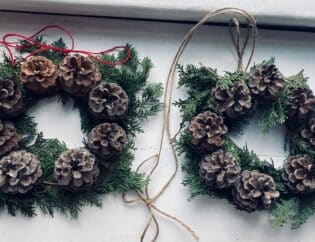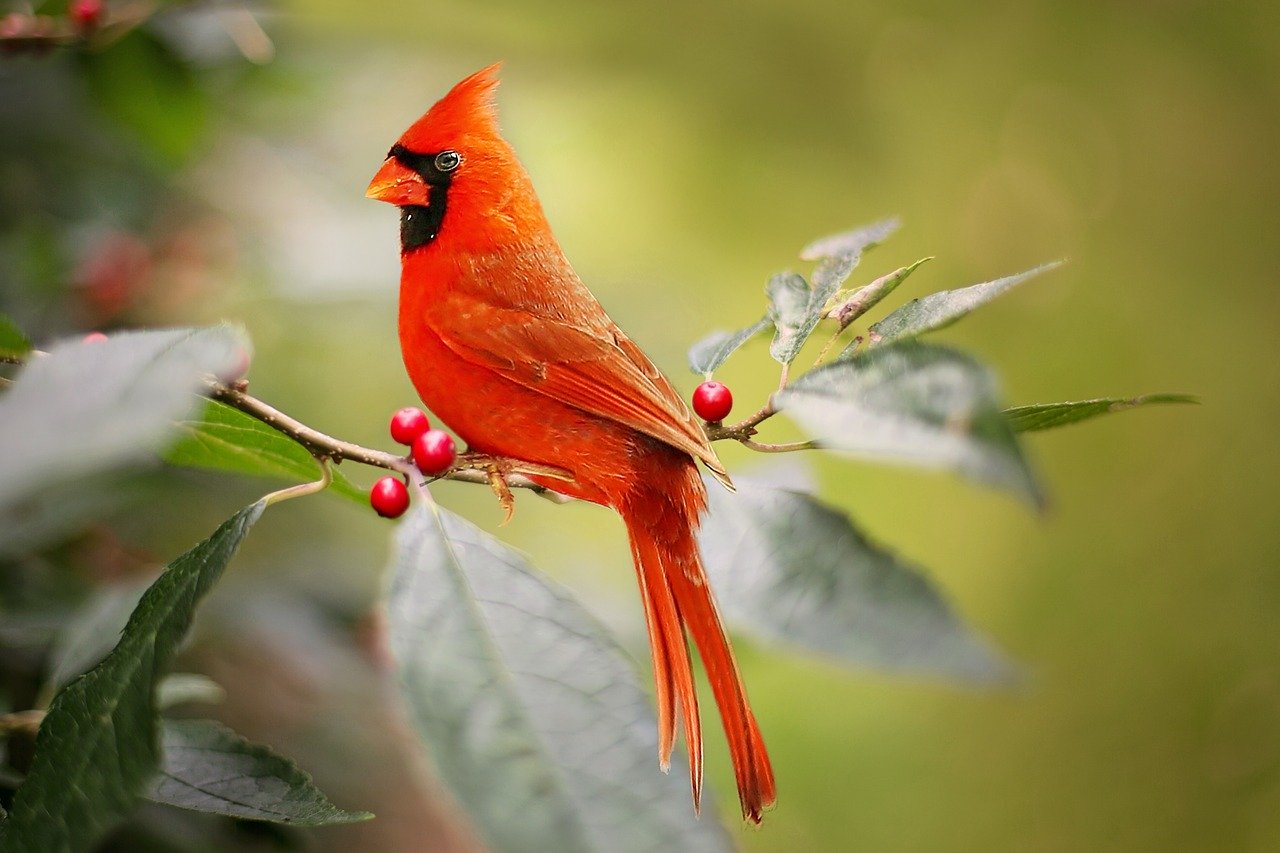
Birding can be a wonderful lifelong hobby that allows kids to build patience, concentration, powers of observation and develop a connection to the natural world.
It’s incredibly rewarding and fascinating. And it can be done in nearly any environment, any time of year. And...it gets kids outdoors! Once kids start birding, they’ll never see the outdoors the same way again. Millions of people all over the world enjoy watching and identifying birds. Learning to identify your neighborhood birds is a great way to connect to nature while building observation skills. Still not convinced? Check out our piece, Why Your Kid Need to Go Birding.
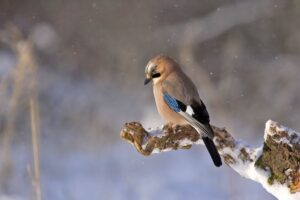
Getting started in birding is a lot like anything else. Start with what you know! Ask your child to write down all the birds they can already identify. Then ask them to commit to learning a few new ones each week. Now it’s time to do your research—together. Go online or head to the library to learn which birds are local to your city, town or region. It might be handy to pick up a Field Guide or a Bird ID cards (find them and print them or order online). Once you have your resources gathered, make a list of the most common species in your area and learn them with your child. Start small with about 3-4 birds. Once you‘ve mastered both male and female of those species, grow your list!
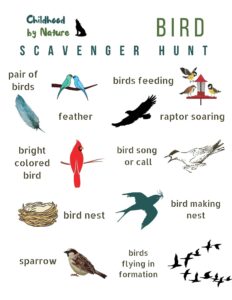 Younger kids (and older kids) may enjoy birding if you make a game out of it. Download our Beginner's Bird Scavenger Hunt and take it along with you when you head out. We designed this scavenger hunt to help children start to "see" birds and their habits, developing their ability to tune in to the world of birds. You can also design your own Bird Bingo cards, using photos from the internet or have your children draw local birds.
Younger kids (and older kids) may enjoy birding if you make a game out of it. Download our Beginner's Bird Scavenger Hunt and take it along with you when you head out. We designed this scavenger hunt to help children start to "see" birds and their habits, developing their ability to tune in to the world of birds. You can also design your own Bird Bingo cards, using photos from the internet or have your children draw local birds.
Some of your best birding may be in your own backyard or local park or community garden. It's easiest to learn the birds that live around you as you will see them repeatedly and, as they say, practice makes perfect! To ensure that your child will see birds in your early days of birding, think about making and setting up a window of a backyard bird feeder or transforming your backyard into a Backyard Wildlife Sanctuary. If you put up a feeder, stock it up with the favorite seed blends of local birds and keep it stocked. Getting your local birds hooked on your reliable food source only to forget about the feeder through the winter is irresponsible as some of those birds may not survive as well with the food source suddenly gone.
Once your child feels comfortable with backyard birds, branch out. Head out to a local park or on a hike. Just remember that birds are early risers (who get the worm of course!). Birds are probably the most active and alert in the morning because they are out trying to find food. In the early morning, you're most likely going to see songbirds, such as the House Finch, American Robin, American Goldfinch, Northern Cardinal and others.
If citizen science appeals to your child, they can report their sightings on e-bird, a National Audubon Society/Cornell Lab of Ornithology citizen science project. There are also national birding days and bioblitzes in which you can participate in a nationwide or global birding challenge.
Check out these additional resources to get started on birding with your kids and enjoy!!
The Celebrate Urban Birds Kit from the Cornell Lab of Ornithology
A survey of Birding Field Guides from Birdwatching.com
Child-friendly intro to birding from Audubon Adventures.
Audubon's teacher-led activities with background material for teachers (STEM activities). Downloadable magazines on owls, hummingbirds, seabirds and more.


